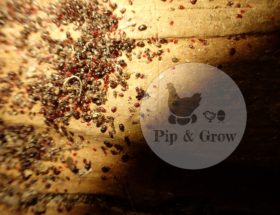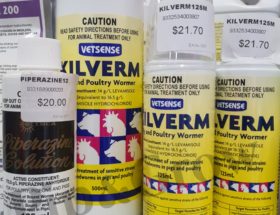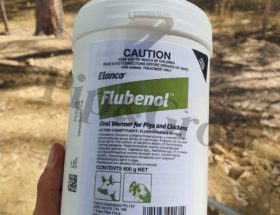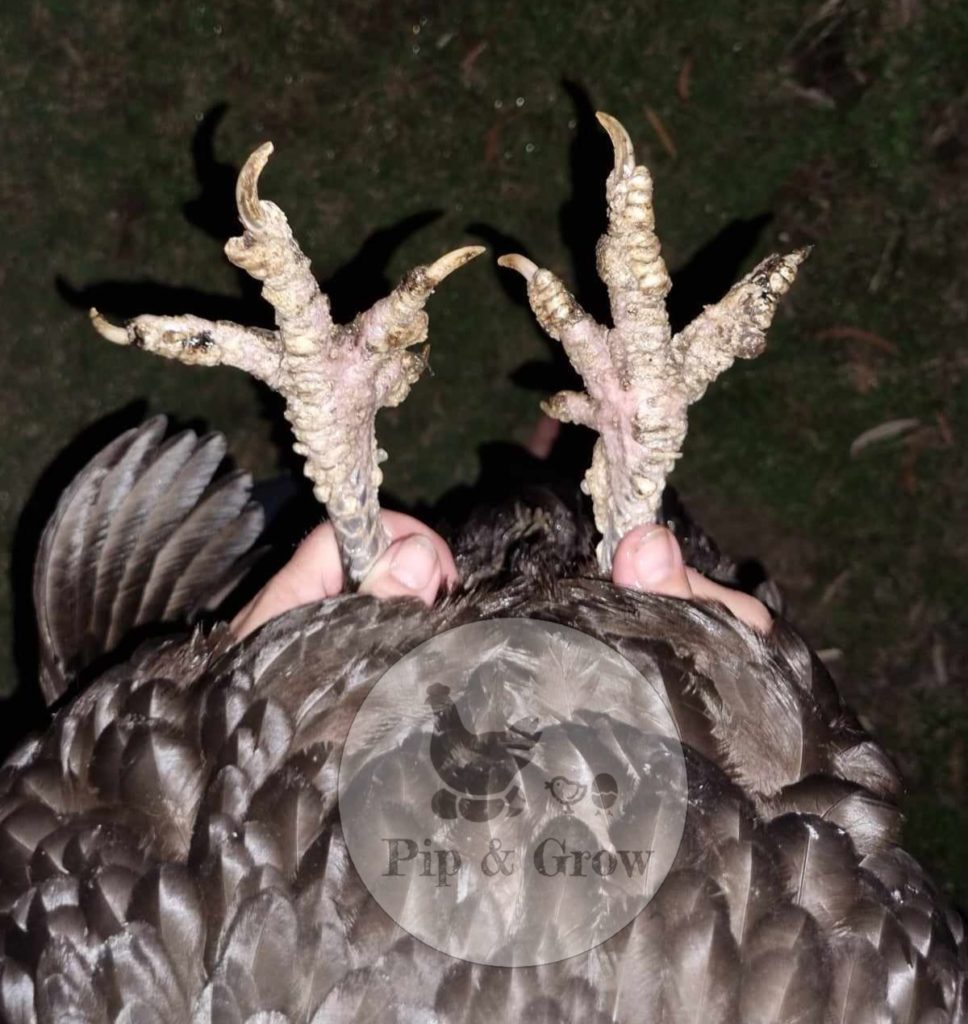
What is scaly leg mite?
Scaly leg mites are parasitic insects commonly found in adult backyard chickens, turkeys, and pheasants. Although these mites are too small to be seen with the naked eye, they pose a significant threat to poultry keepers. Throughout their lifecycle, which typically spans 10 to 14 days, they tunnel beneath the outer layer of the chicken’s skin.
These mites primarily target the legs and feet of chickens, burrowing under the scales. This activity leads to irritation, inflammation, and the development of crusty, raised scales. Left untreated, scaly leg mites can cause considerable discomfort for the birds, potentially resulting in lameness and secondary infections. In severe cases, affected chickens may struggle to walk and even lose toes due to the damage caused by these mites.
How do they spread?
Scaly leg mites typically spread through direct bird-to-bird contact within the flock. They can also be introduced to the flock through newly acquired birds, contact with wild birds, rodents, contaminated ground, bedding materials, or the surrounding environment. Once introduced, the mites can easily move from bird to bird, spreading the infestation throughout the flock.
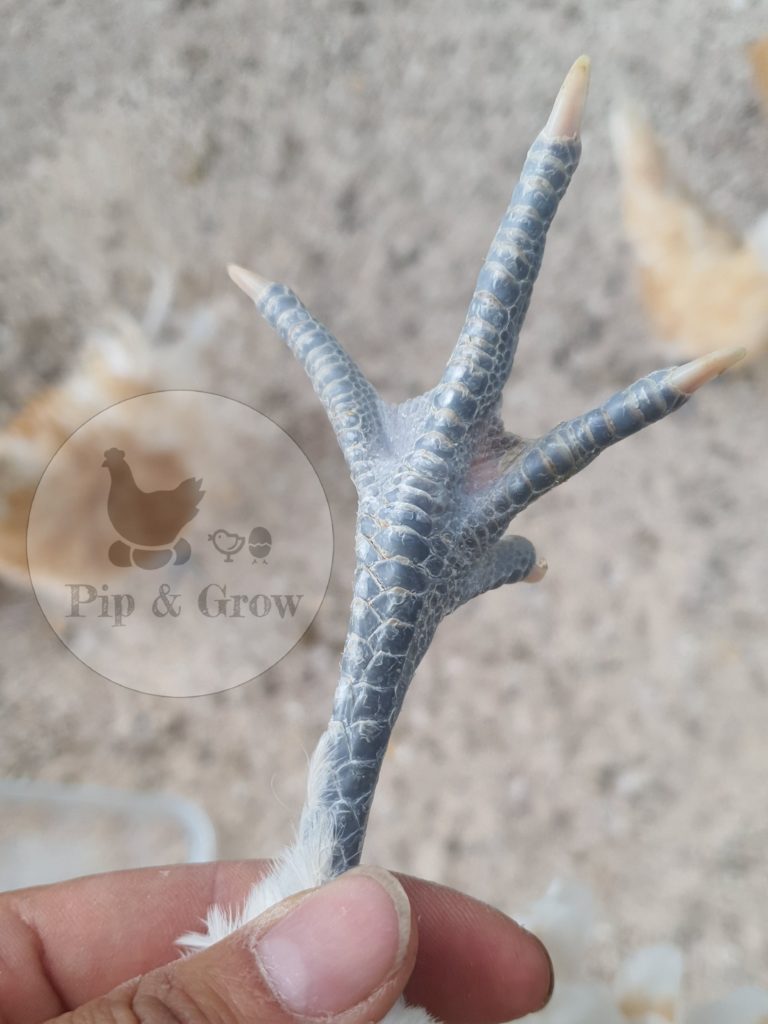
Signs of Scaly Leg Mites
Affected chickens may develop raised, crusty scales on their legs and feet. These scales may appear abnormal compared to healthy scales and can become thickened and distorted over time.
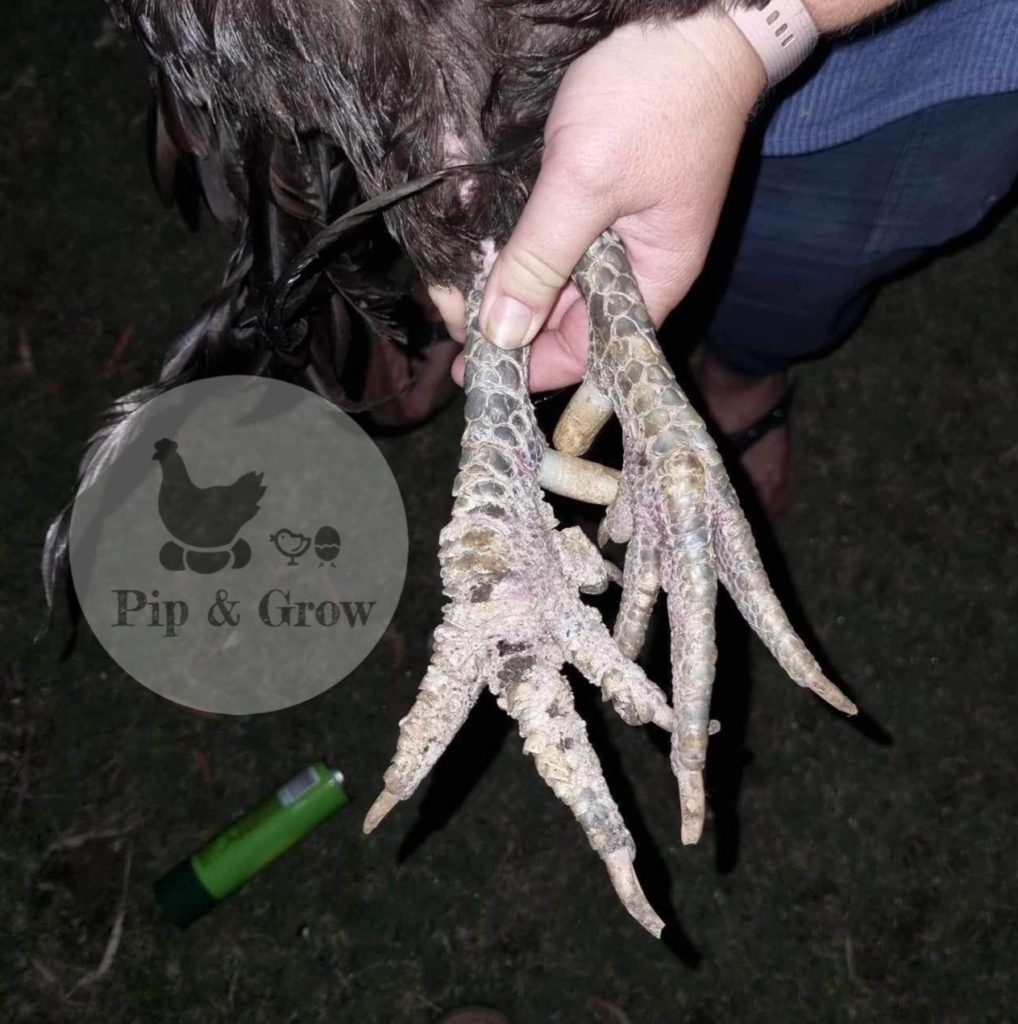
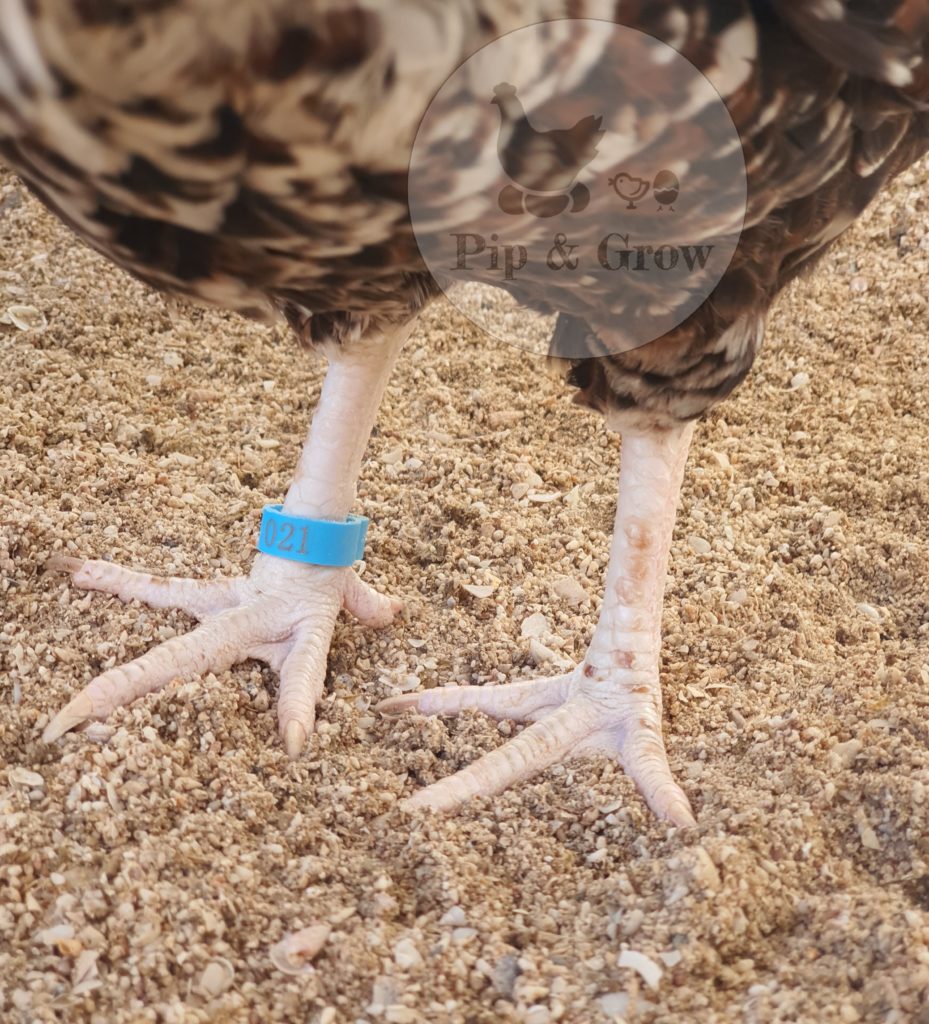
Topical Treatment
- For scaly leg mites, applying oils such as olive oil, paraffin oil, coconut oil, or petroleum jelly directly to the affected legs and feet can be effective. This suffocates the mites and softens the scales, facilitating their removal.
- In cases of severe infestation or heavily soiled feet, soaking the feet in warm, soapy water and gently scrubbing off dirt with a soft toothbrush can help. Ensure thorough drying before applying any oil or cream.
- Some poultry keepers prefer using containers filled with cooking oil to dunk each foot in, or spray cooking oil directly onto the legs. It’s best to administer treatment at night while the birds are roosting, allowing the oil to soak into the skin overnight.
- Even if symptoms are only visible on one leg, treat both legs of the affected bird. Additionally, it’s crucial to treat the entire flock, not just the infected bird. While some birds may appear healthy, scaly leg mites can spread easily within the flock, and other birds may be in the early stages of infection. Treating all birds at once in one routine is more effective than treating a few and then dealing with others separately.
- Consistency is key with topical treatments. It’s recommended to repeat the treatment daily for the best results, or at least every 2-3 days for the first 2 weeks. From the 3rd to 4th week, treatment can be reduced to once or twice a week. Over time, old and damaged scales should fall off, and new healthy scales will grow in. Severe cases may require longer treatment periods.
Chemical Treatment
- Ivermectin, a topical ***mectin type of pour-on drench, can effectively treat scaly leg mites. Applied to the back of the bird’s neck, it is absorbed into the bloodstream and circulated throughout the body, killing mites that feed on the bird. However, it’s important to note that Ivermectin is not approved for use on poultry intended for human consumption, as it has not been tested or registered for this purpose. Additionally, birds undergoing Ivermectin treatment may still require some form of moisture or barrier cream during the healing process.
- Please avoid using petrol, WD40, or other solvent products, as they contain toxic chemicals that can harm birds and are ethically questionable.
Environmental Treatment
Thoroughly cleaning and disinfecting the chicken coop and surrounding areas is crucial to eliminate any remaining mites or eggs. It’s important to discard the old bedding properly; avoid composting it, as mites can crawl back or linger in the soil, potentially causing reinfection. Instead, it’s best to burn the old bedding or dispose of it in the green bin. Replace the bedding material with fresh, dry bedding to create a clean environment for the birds. Consider treating the coop, ground, and surrounding areas with poultry-safe insecticide to ensure complete eradication of any remaining mites and prevent future infestations.
More info – Allfarm Animal Health – Treatment options for scaly leg mites in Poultry
Related Post Poultry safe insecticide- Poultry Red Mite : Prevention & Control
